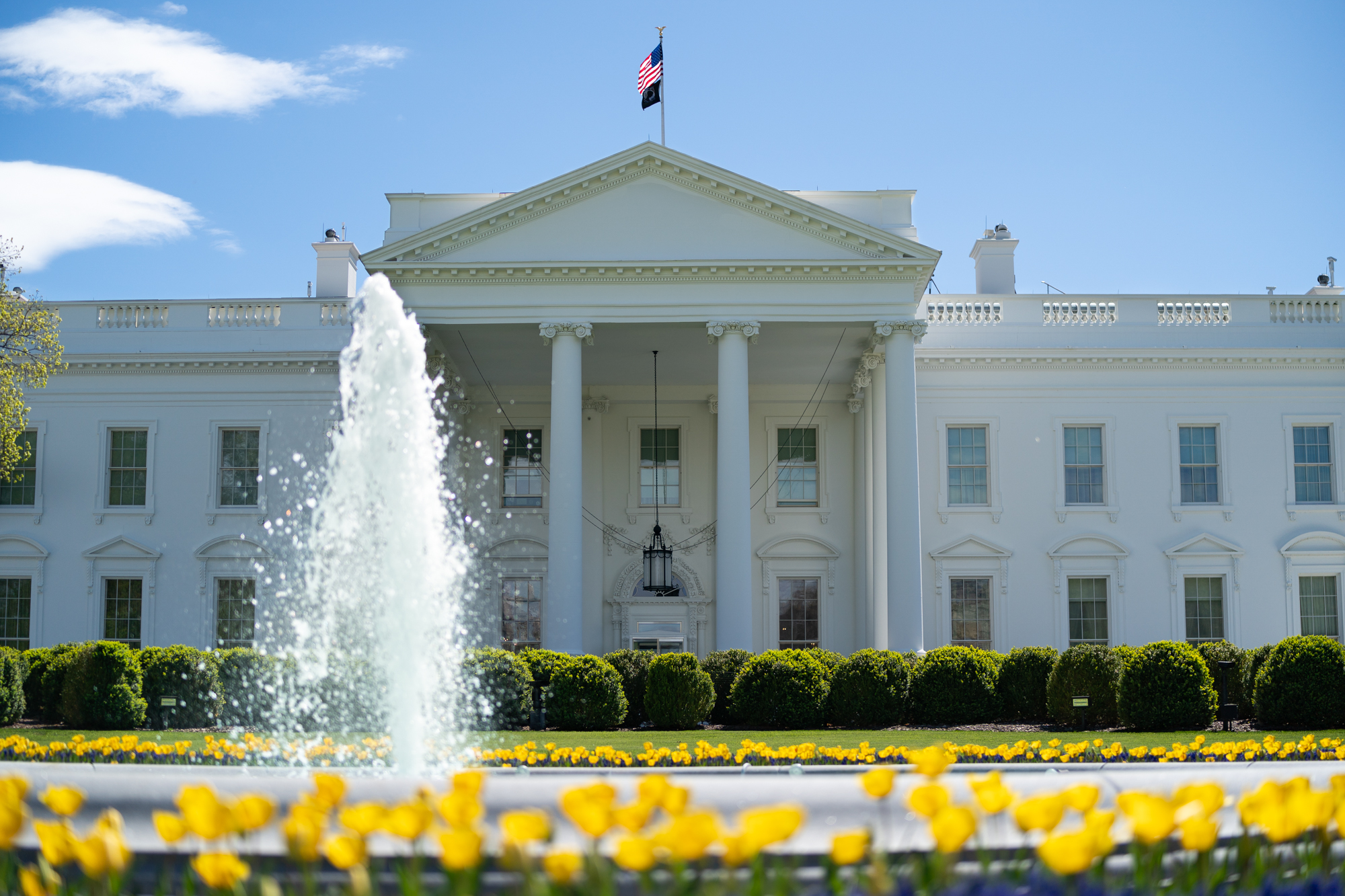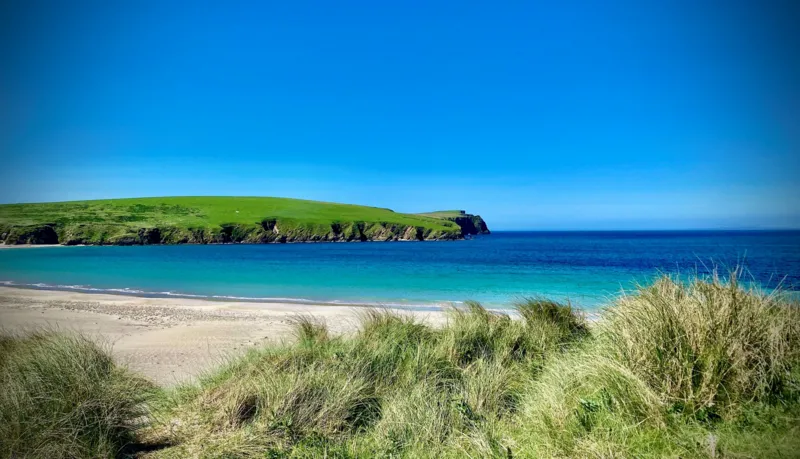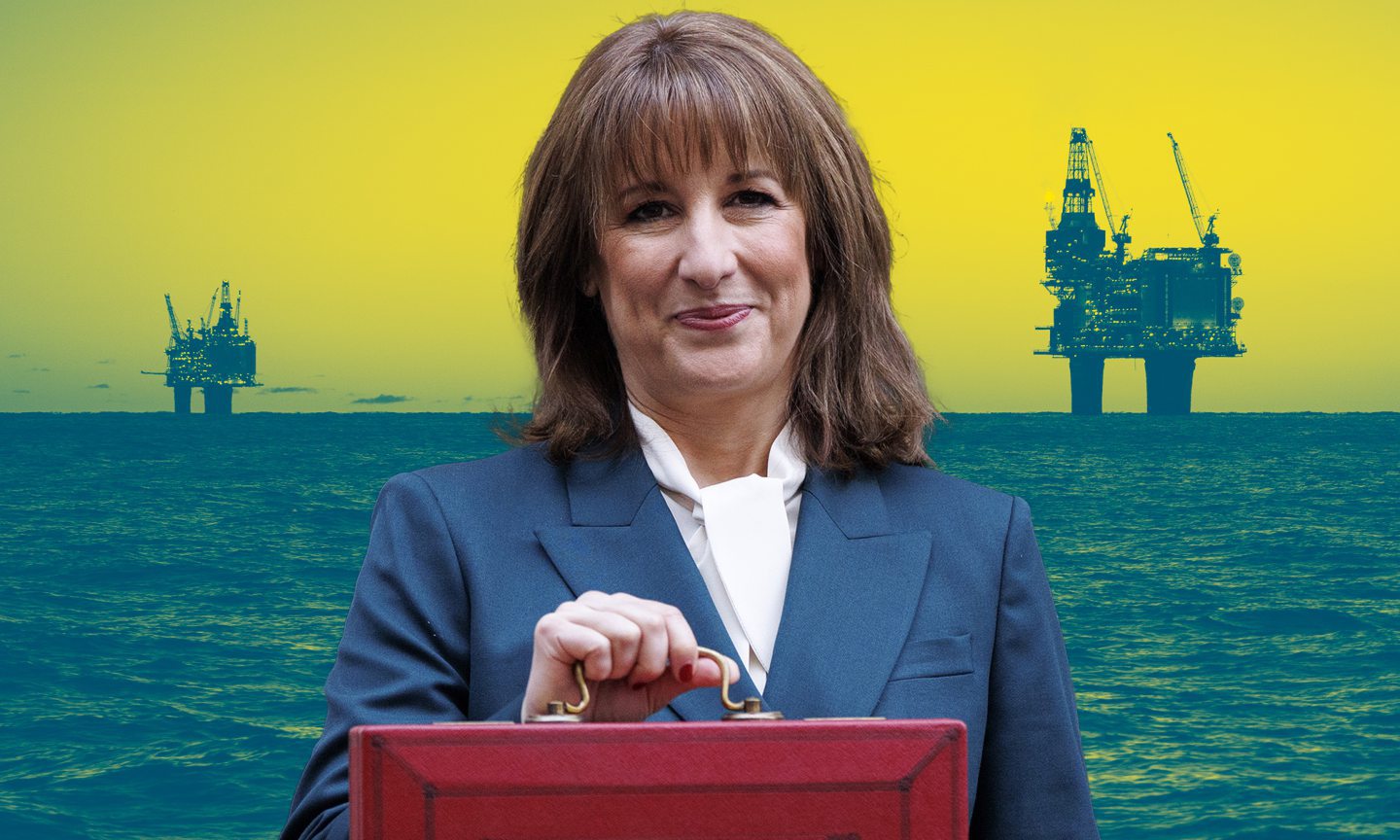The rise, fall and possible resurrection of Britain’s greatest lost pier
Once a jewel of the British seaside, Brighton’s West Pier has been a ruin for decades. But some still hope it could rise from the ashes

It is a sunny September afternoon and Brighton’s Palace Pier is alive with activity. Seagulls bicker over chips while children plead for one more go on the dodgems.
Pan right, and less than a mile along the coast is another pier, half submerged and colonised by cormorants. No dodgems, no chips, just rusting metal like a clenched claw machine trying to grab what it can from the seabed.
It is 50 years since Brighton’s West Pier closed to the public on safety grounds. Now, with the emergence of the Brighton i360 observation tower, the area is entering a new chapter of its history. And there are hopes, albeit distant and expensive, that a pier could reopen on this site in the future.
The rise, fall, and destruction of a pier
I met Fred Gray at the Drift Bar and Kitchen at the base of the i360 tower. He is an expert on the West Pier and author of the book Walking on Water: The West Pier Story.
Half a century ago, this exact spot would have been a “forest of columns and piles” he said, with the grand West Pier stretching out into the Channel. Today, over a cup of tea, our view was of little more than a giant birdcage of a wreckage and some piles jutting out from the shingle.
“It was a mess, derelict, and the southern end was closed. Brighton was in the doldrums, suffering from falling visitor numbers. You could buy a Regency house on the seafront really cheaply,” says Gray, recalling his first visit to the West Pier in 1974.
It represented a dramatic fall from grace for what was once considered to be Britain’s greatest pier. Designed by the visionary seaside architect Eugenius Birch, the West Pier opened in 1866. Originally it had six ornamental houses and two toll houses, and within half a century a concert hall and 1,000-seater theatre had been added. In 1919, the pier received more than two million paying visitors.
During the Second World War, part of the West Pier was strategically dismantled to prevent German forces from using it as a landing strip. In time, theatre performances were replaced by funfair attractions and, as the years passed, the pier suffered from soaring maintenance costs, structural damage and declining visitor numbers – caused, in part, by the dawning of low-cost overseas travel. By Sept 30, 1975, Brighton’s West Pier closed to the public on safety grounds.
In the 1990s, there were high hopes that the West Pier could be revived using National Lottery funding. The then prime minister, John Major, even cited it as a perfect example of how the funding ought to be used.
But progress was slow due to ongoing legal challenges, and in 2003 the pier suffered consecutive arson attacks causing the middle section to collapse. Nobody was ever held to account for the destruction, although locals tell me that the culprits’ identities are an open secret in the town. By July 2004, English Heritage declared the pier to be beyond repair.
“It strikes me that kids are most enthusiastic about it, they like what it represents,” said Gray. “Visitors puzzle about it, some have no idea what it once was.
“Older people who knew the pier when it was functioning, they’re the most pessimistic about it. They think it should be all cleared away. And I think that’s because the pier is pointing to their future, in a sense.”
The arrival of the ‘vertical pier’
Many locals have their own personal relationship with the pier. On my visit, it had a seemingly magnetic appeal for sleepy couples and pebble-lobbing toddlers. The Telegraph’s Brighton expert Teresa Machan says the pier is “to Brightonians what Stonehenge is to pagans”.
To local artist Kate Phillips, it means something quite unique. I met her at the West Pier Centre, in an archway at beach level near the ruins.
“I volunteered here because I had fallen out of love with my town, and I wanted to reconnect. The town didn’t feel like mine any more. One day I came in here and I saw that,” she says, pointing to an intricate lithograph of the West Pier in its heyday.
“It was like a gut punch, because I’ve lived with that artwork all my life and I thought my dad did it. But it turns out it’s not the work of my dad at all.”
Phillips is now the artist-in-residence at the West Pier Trust, producing artworks inspired by both the pier, her father, and this mysterious work of art.
“I find it very inspiring. Who wouldn’t love sitting here? Even if you’re not an imaginative thinker, you can’t help but be moved,” she says.
In recent years, footfall around the West Pier has increased with the 2016 opening of the observation tower, nicknamed the “vertical pier”, which was designed by the same architects as the London Eye. After the pandemic, the business fell into hard times and in 2024 went into administration, but has since reopened.
The new owner, Sarah Willingham (of Dragon’s Den fame) is a Brighton resident, and a core vision of her firm Nightcap is to help return this stretch of the seafront to locals. Residents of certain postcodes can access the i360 for £5, which according to Nightcap has led to a 400 per cent increase in visits from locals. They also have plans to open an exhibition space telling the history of the West Pier.
Phillips says the West Pier Centre enjoys a steady flow of visitors. Many have memories, and Phillips hopes to take a record of these accounts.
“I would love to create an archive of people’s stories, because as quickly as the pier falls, so do the people who remember it.”
‘We haven’t given up’
The cast-iron elephant in the room, in any conversation about the West Pier, is when – not if – it will finally disappear.
“It’s gradually deteriorating and collapsing,” says Jon Orrell, an engineer who has been surveying the West Pier for decades.
“Most of the timber is gone, so anything that collapses now is going to go and settle in the great murk and tangled mess on the seabed,” he said. In 2022, a portion of the pier collapsed during Storm Claudio.
Despite warnings, trespassing is a problem. Two people attempted to climb West Pier over the summer. Both fell from the structure, with one sustaining a dislocated shoulder and both suffering “serious cuts”.
Orrell says that even back in the early Nineties, before the fires, one of his divers described the underwater structure as like a “nest of swords” due to the wrought iron rods that had corroded to a point.
“Not only is it sharp and dangerous, there’s big heavy lumps which may or may not be suitably supported. I wouldn’t go anywhere near it,” he said.
While there is no chance of the bones of the West Pier being put to future structural use, some from the West Pier Trust say that a pier could, theoretically at least, rise from the water on this site once again. They still own the land, after all. Is it possible?
“Not economically, is the simple answer to that,” Orrell says. “The clearance alone will be between one and two million pounds.
“It is beyond the point of no return for economic refurbishment. There’s no point rebuilding anything unless there’s an end use for it that generates all the money, and it’d have to be pretty damn fancy to get anywhere near the sort of costs that you’d need to rebuild it,” he says. The fact that the Brighton Palace Pier has started charging an entry fee points to the challenges that piers face in 2025.
“When we last did the numbers we were talking about costs of £30-35 million. It’d be closer to £50 million now,” says Orrell. Although, before ruling it out entirely, he says there is one potential resurrection of the pier which could be more economical.
“If you only put the deck back, just a walkway, that would be a lot cheaper. Originally it was a promenade deck only. You’d walk to the end of it in your Edwardian finery and walk back again, with a couple of kiosks to stop in on the way and sit down.
“As Oscar Wilde put it, you’d get all the pleasures of a sea cruise with none of the perils.”
[Source: Daily Telegraph]





































/file/attachments/2984/kevin_927177_ac6b66996c6681fa673210c6013a08c2.jpg)



















